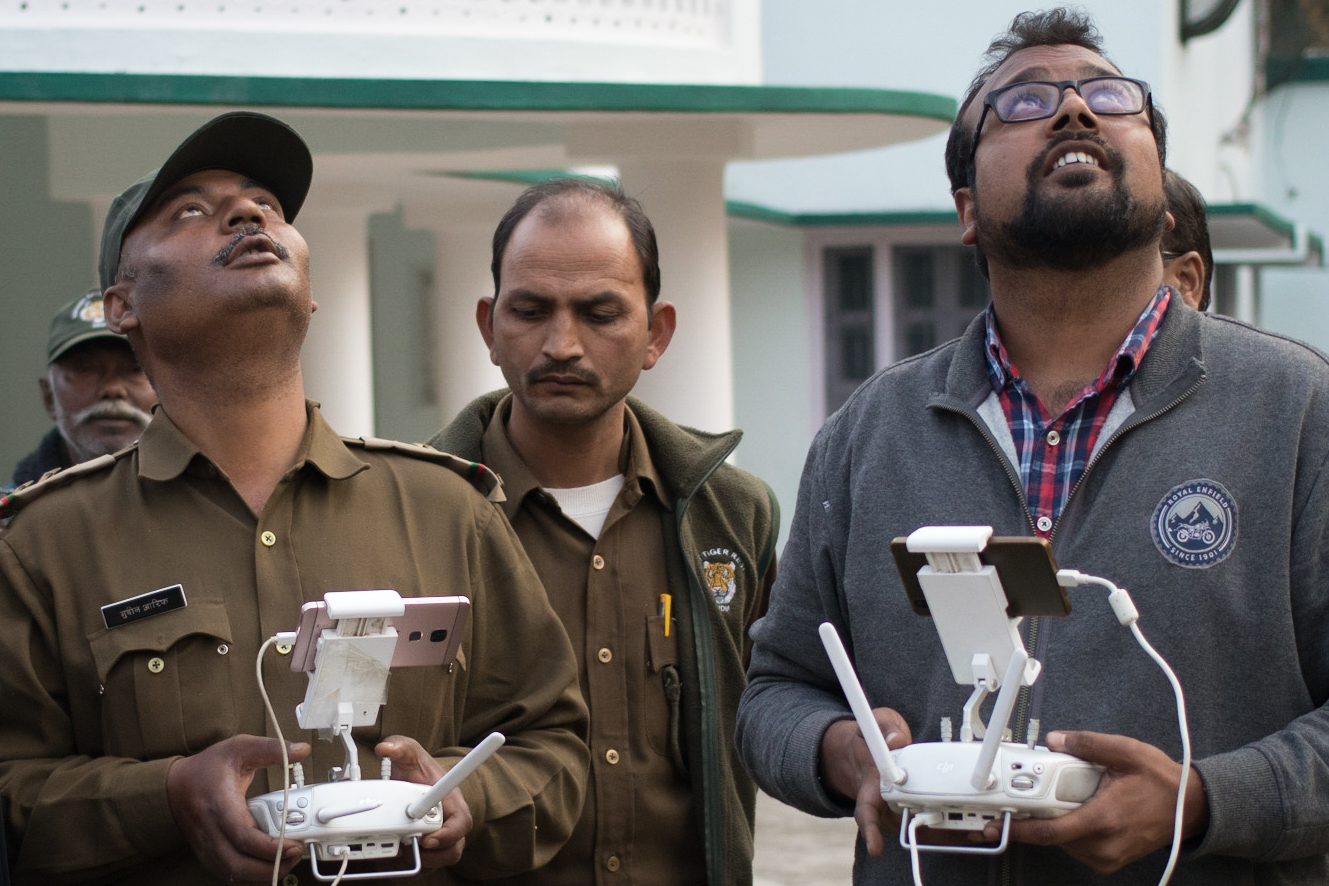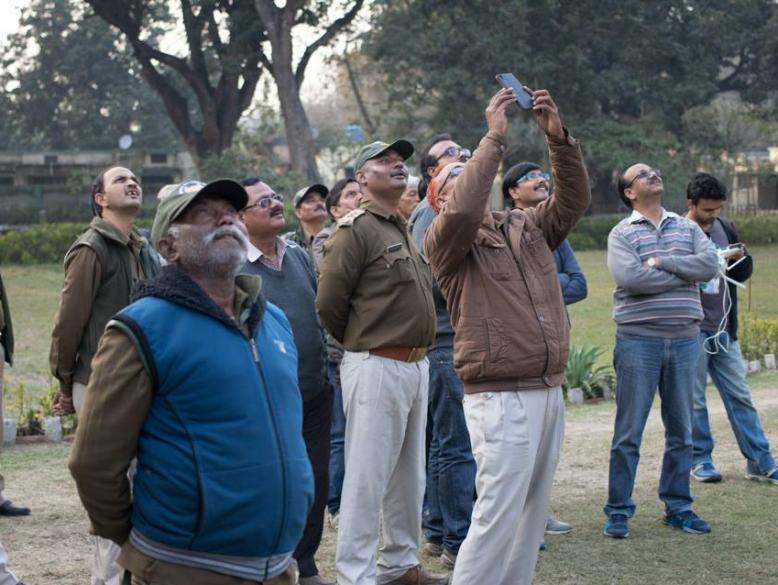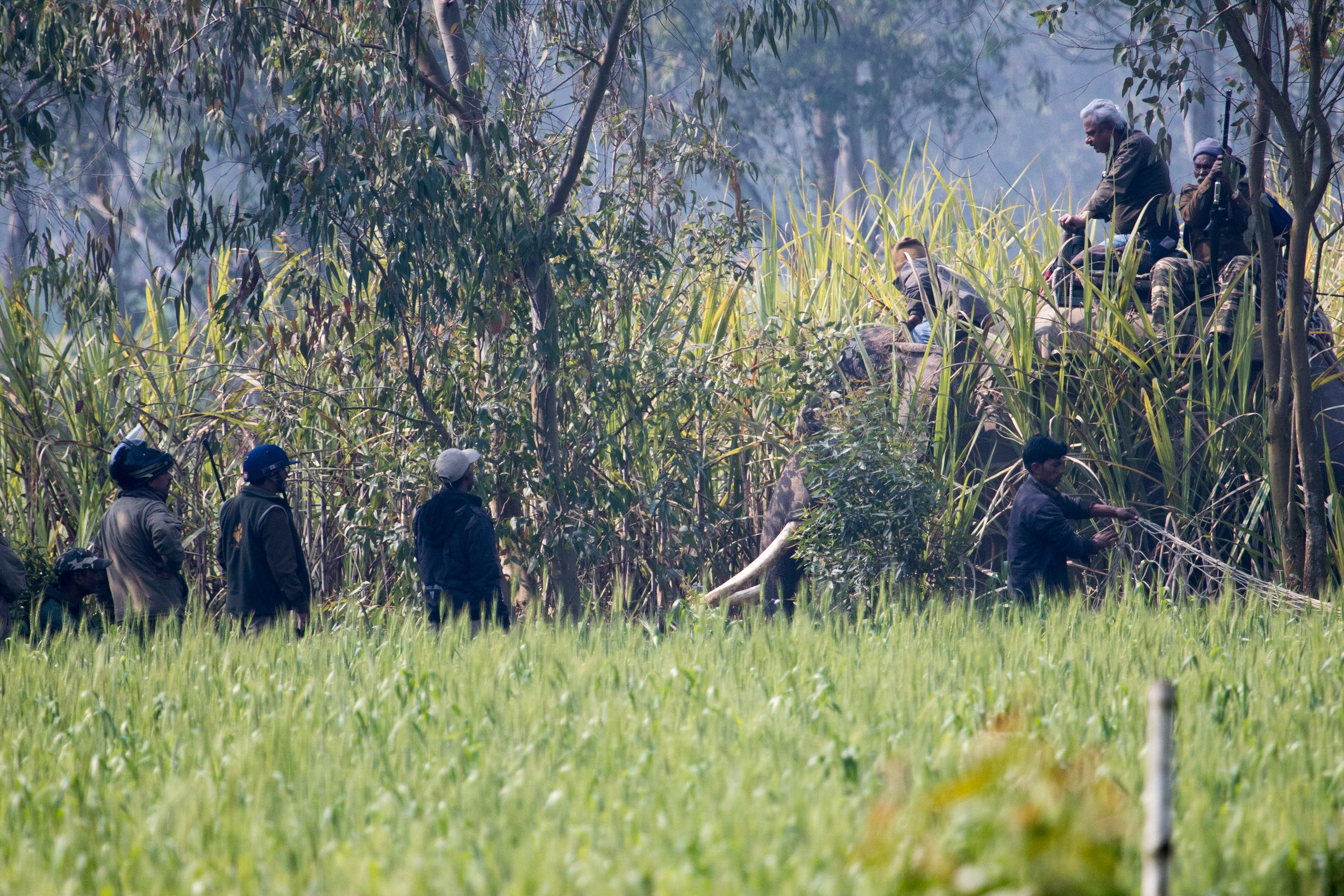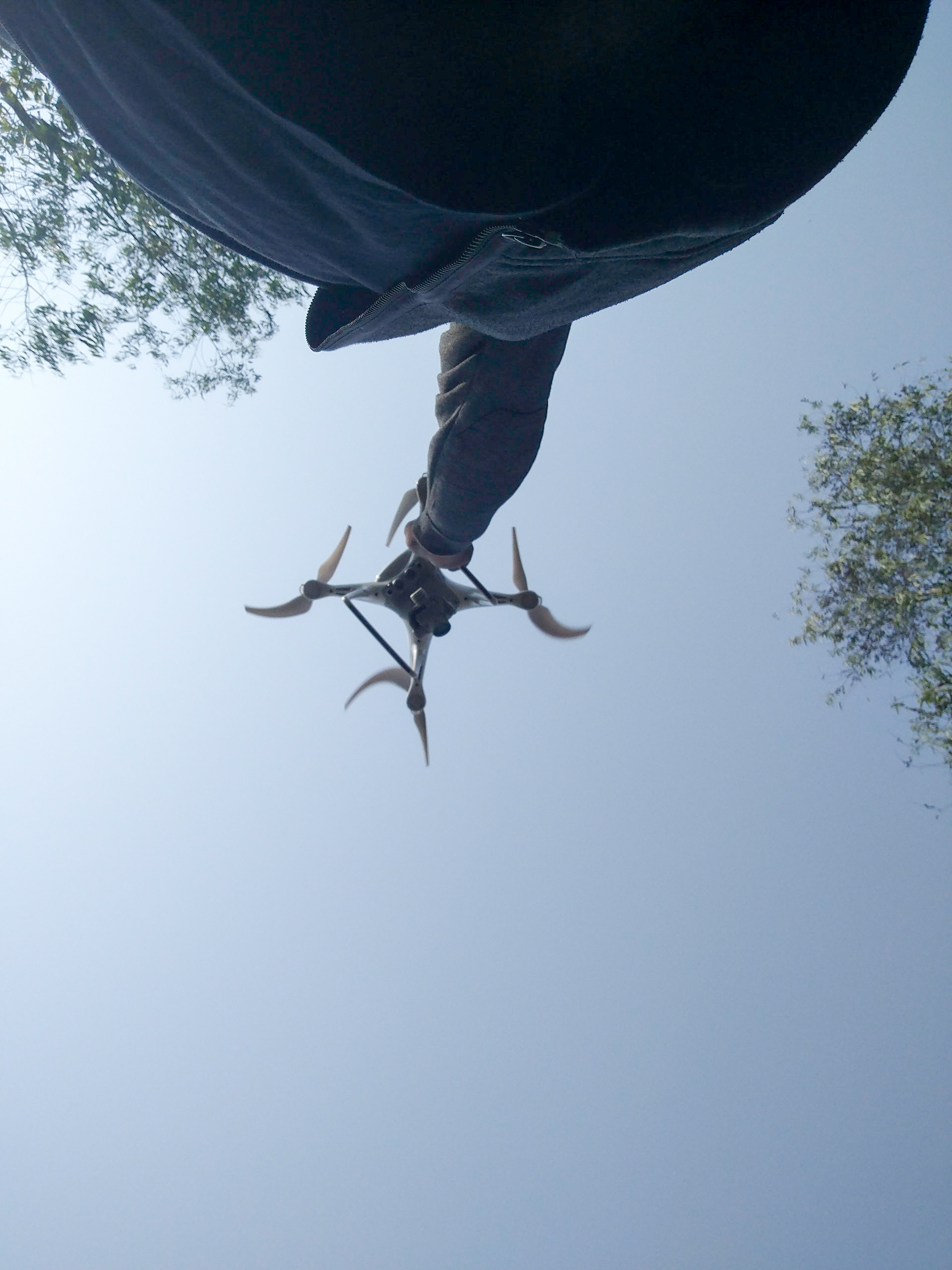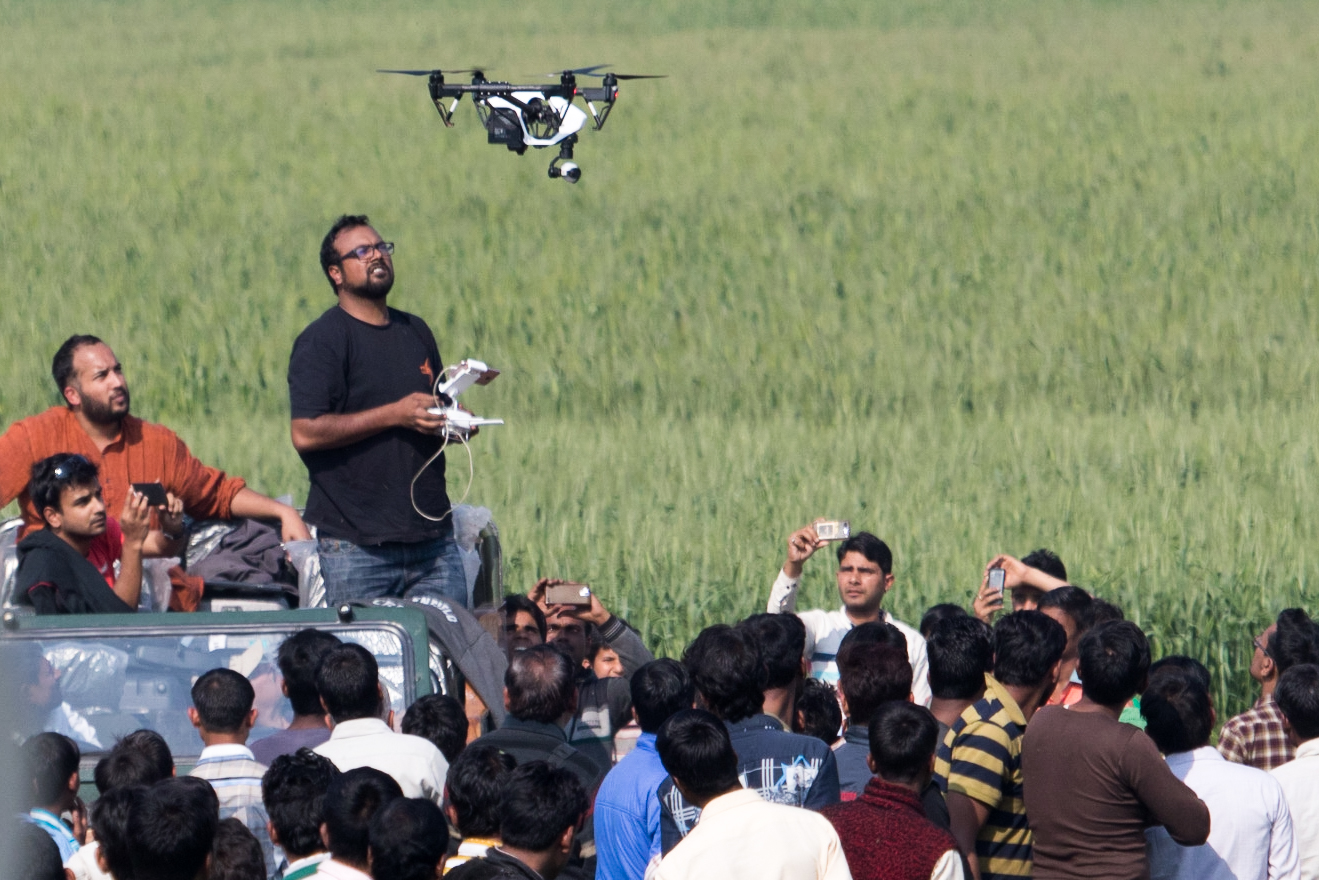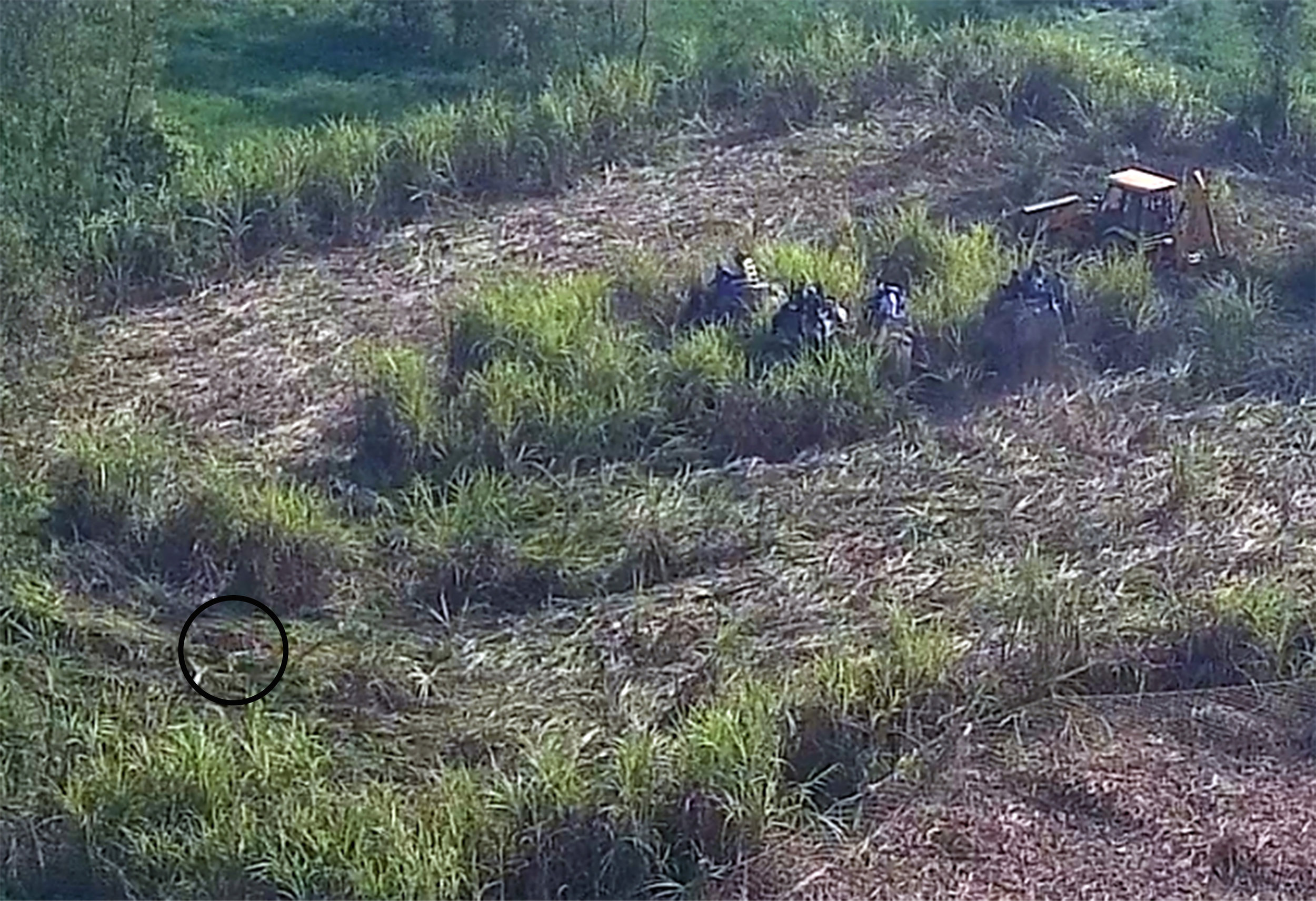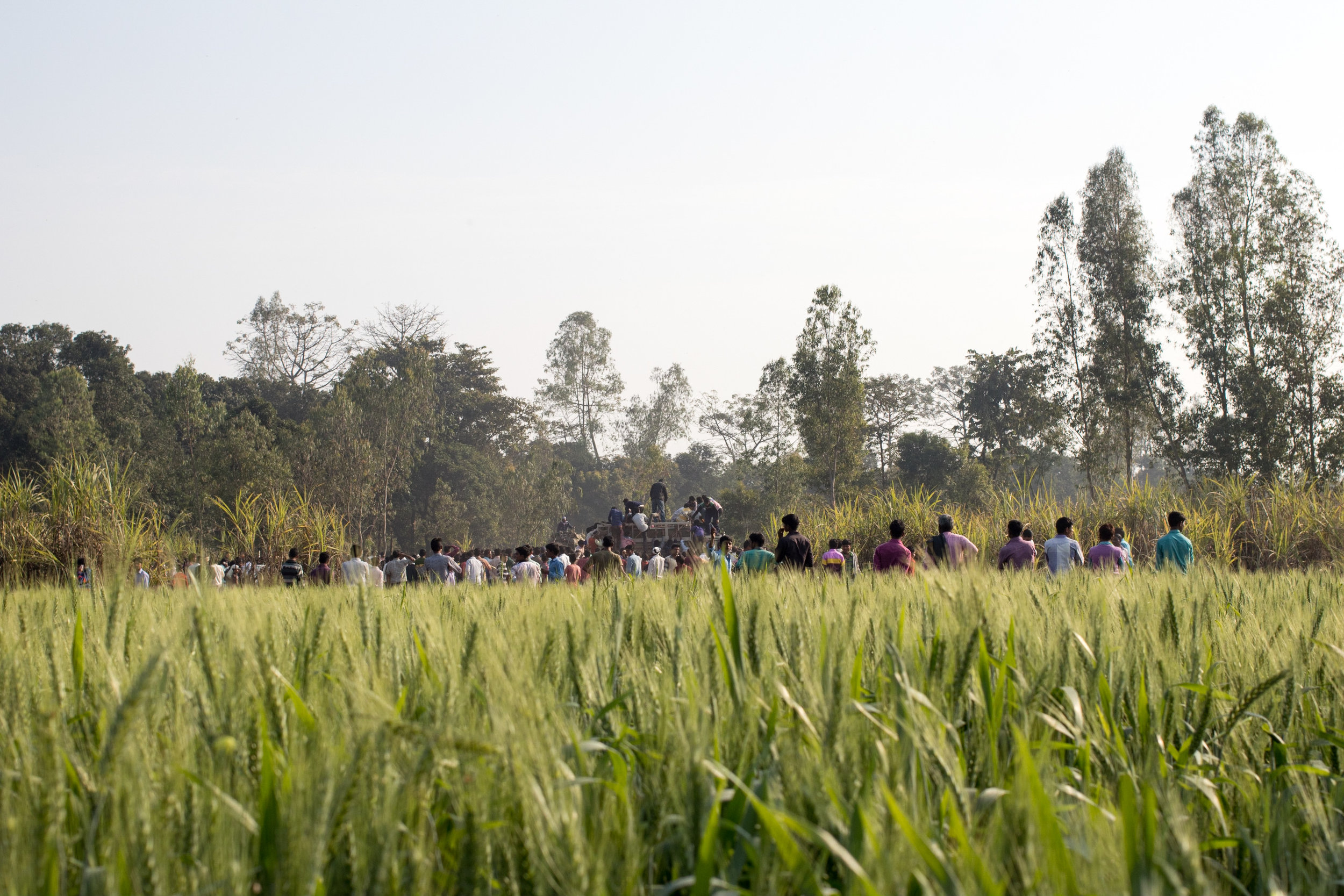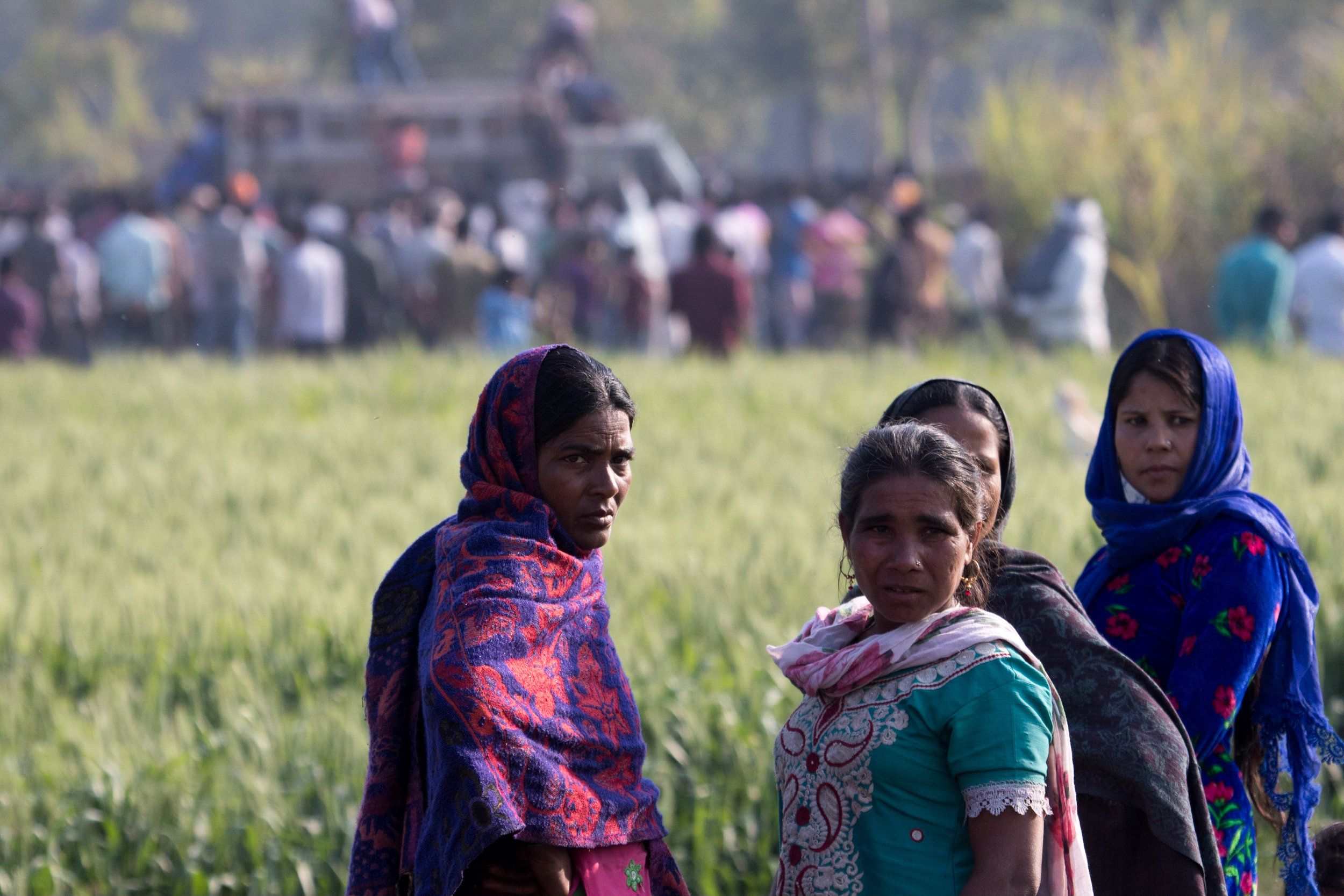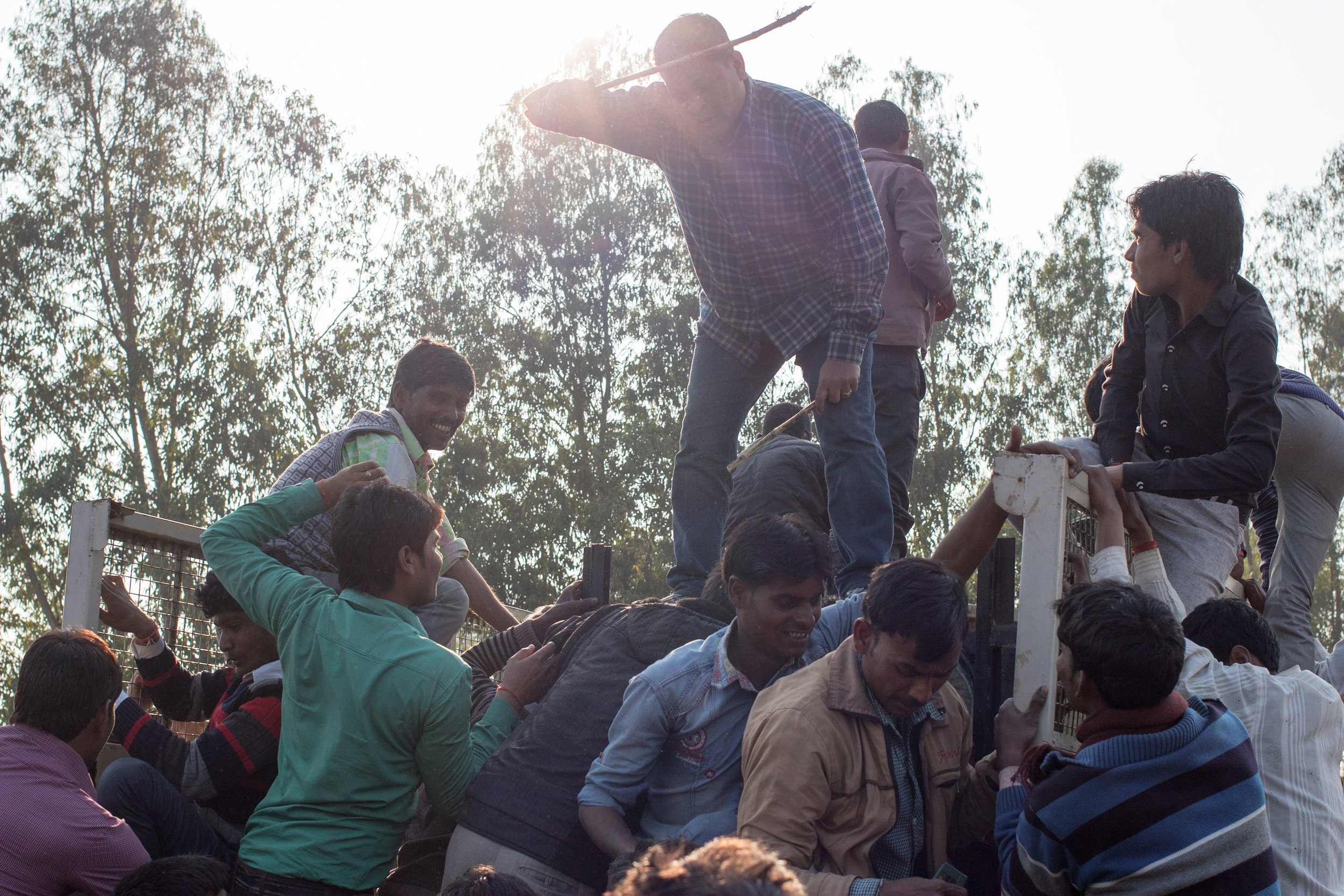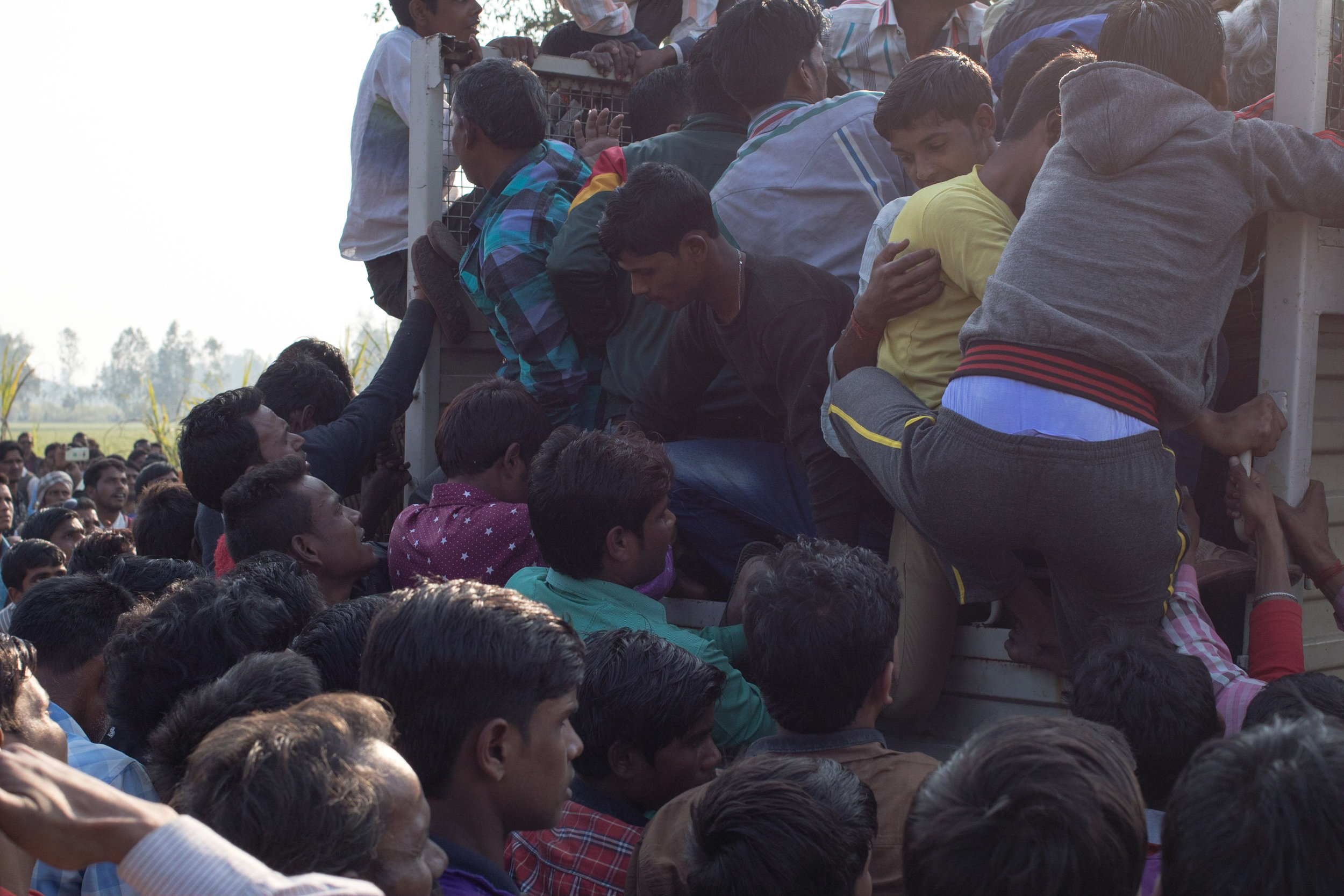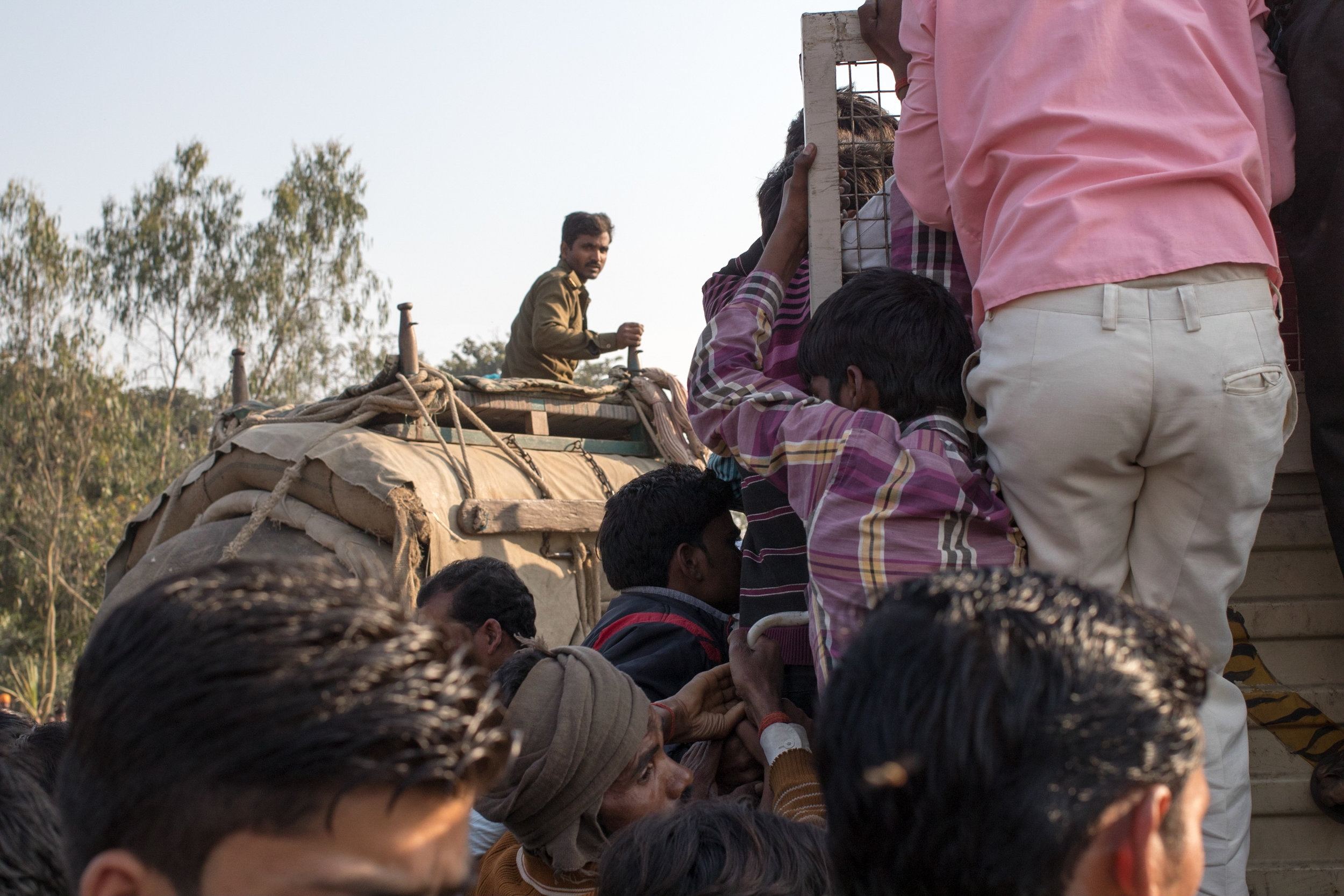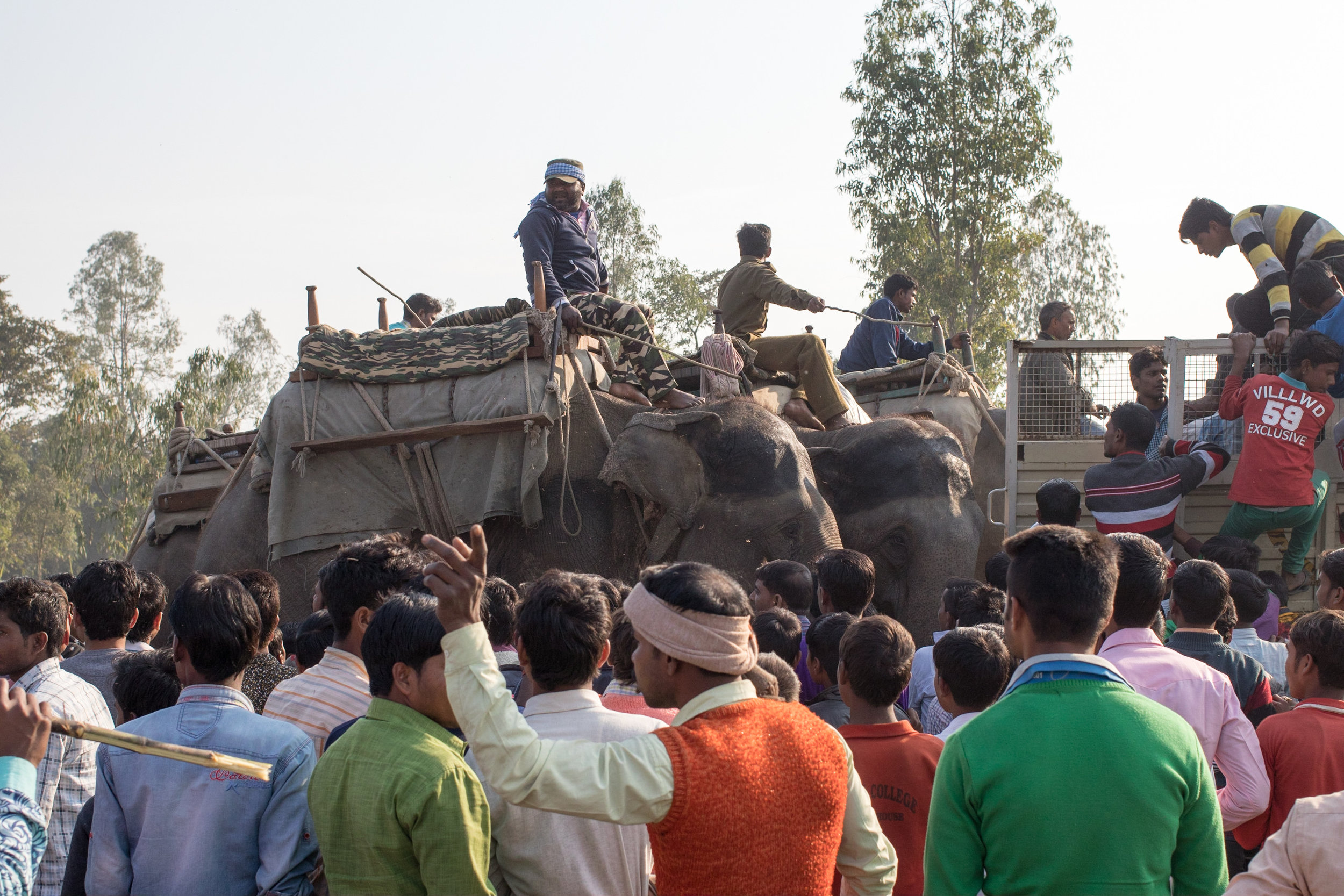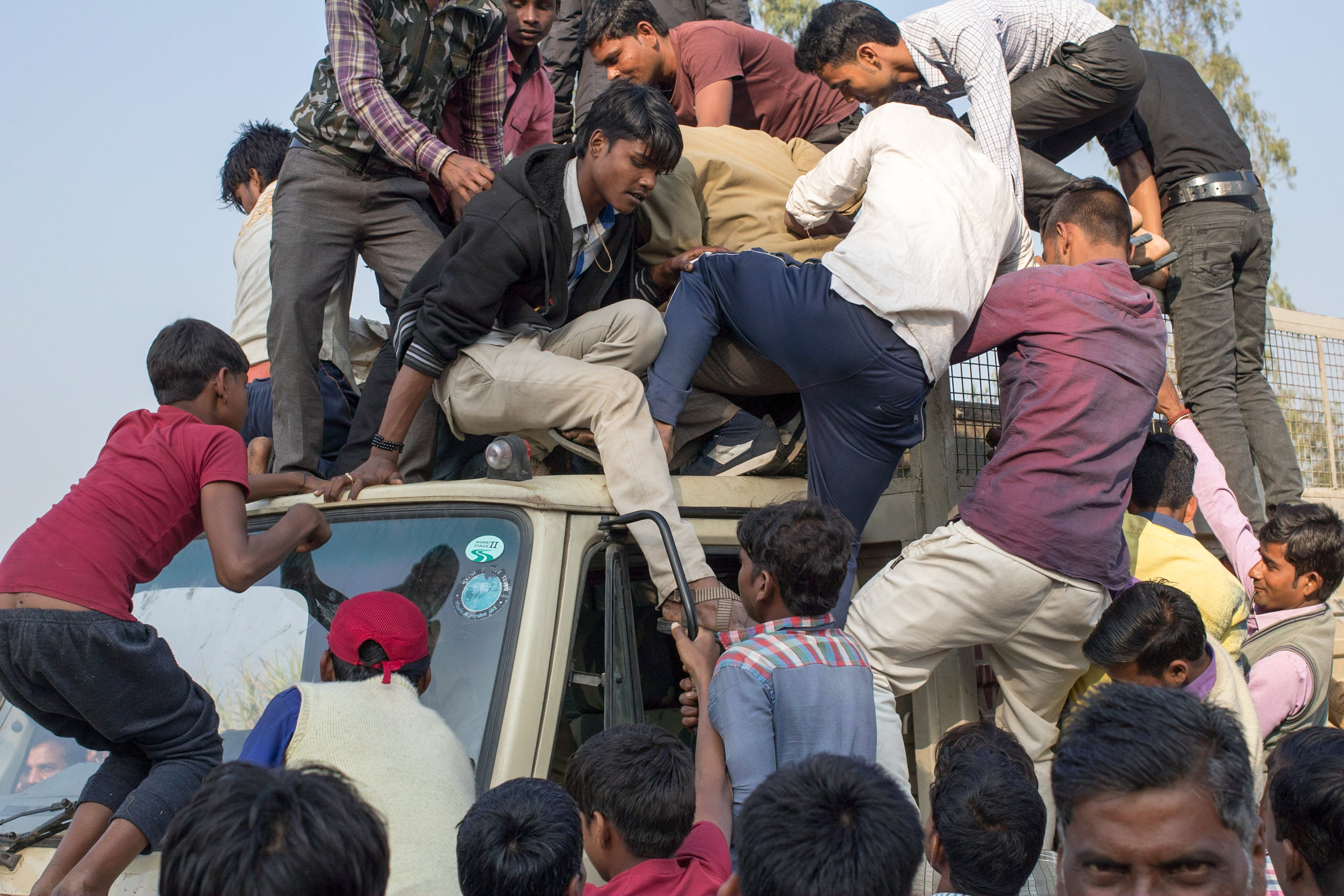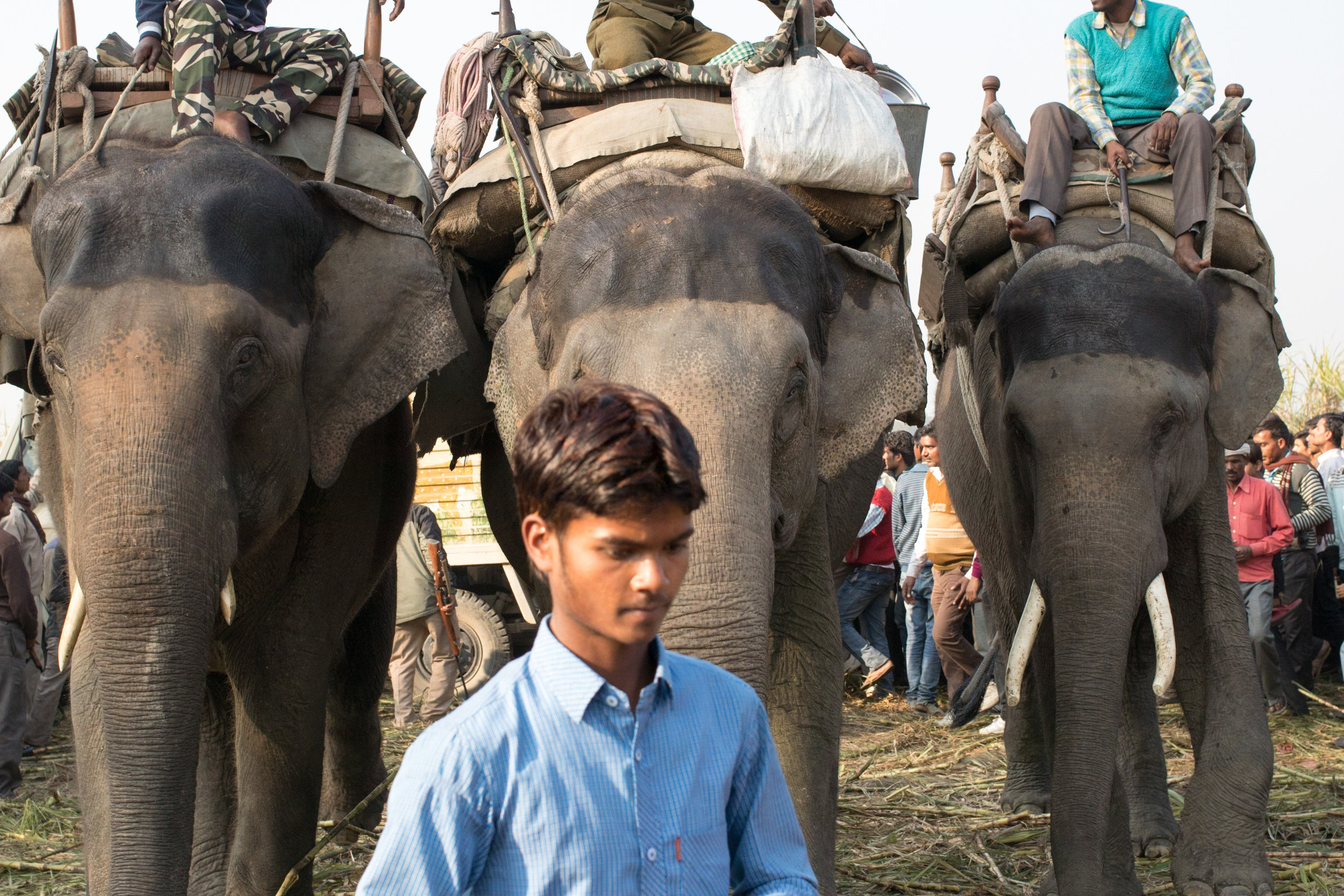‘When did you last see an elephant?’ Over the course of two days we asked players this question, and heard varied answers that often transformed into captivating tales about their experiences with pachyderms. We were at ATREE’s 25th Anniversary event, and the context for this question was the play-testing for a board-game we’ve created with elephant-human conflict as the theme.
The board game itself was first designed in 2016, with the aim being to emulate human-elephant conflict in India. In 2019, my colleagues Nandini and Shashank worked with Tejaswini N to create the second iteration of the design. The game was play-tested with friends and family in February and March 2020, before the pandemic curtailed any future development. In July 2022, Tejaswani suggested that we apply to play-test the game at a board-game event ATREE was hosting in Bangalore as part of their 25th anniversary celebration. ATREE accepted our application, and we began production.
Prior to producing the physical prototype, Aswathy S and I ran online trials of the game. We set up the play-test online in Figma for over two weeks, with wildlife biologists, ecologists, geographers and even a climate-scientist joining us! While we played to see as many instances of play as possible, one particular game stuck with me. Elephant movement in the game was hindered, and the player had the option to relocate the elephant to the nearest sanctuary. However, the nearest sanctuary was full and was unable to accept the elephant. This quandary prompted a wildlife biologist to remark; ‘… makes one question the true carrying capacity of our sanctuaries.’
Screengrab of a play-test online in Figma.
Once we had enough evidence to finalise on a physical prototype, I had it produced in person in Mumbai. It was by a chance that I was able to produce it quicker than expected; the combination of being in Mumbai, and in vicinity of previous contacts capable of delivering a quality-prototype that is easy to engage with.
On 17th August, we set out from Panjim to Bangalore by road. Our route passed through Mollem, another one of India’s various protected areas that’s threatened by fragmentation from linear infrastructure projects. Occurrence of human–wildlife conflict (HWC) increases when humans negatively affect the needs of wildlife or vice versa. It’s a difficult topic to navigate because such conflicts can cause damage to property &/ life. On the other hand, one major cause of human–wildlife conflict is increasing the human population next to wildlife habitats. In this game, players take on the role of villagers who defend their farms and villages from elephant movement through strategic fence placement and a bit of luck.
ATREE’s contribution to the field of conservation is extensive, while also pioneering knowledge systems to tackle complex conservation problems. The opportunity to learn from this room was exhilarating. On day one, we set the table up with our play elements for a brief period in the first half and then hosted a few game-plays during the second half. The first person to approach the table was a gentleman who walked past and then walked back up to enquire what was on the table. His curiosity was piqued after reading the title of the game! After our brief explanation, he spoke about the migration of the elephants in the Uttara Kannada and the consequent fear of spotting a jumbo. We took a break for lunch and then made our way to Dr. Nitin Sekar’s talk on conserving species that cause harm to us. His words on empathy for elephants resonated yet again before we returned to run more sessions with newer participants and conservation enthusiasts.
On the second day, we put out a post on social media inviting people to come play test with us. Before we started the setup, we visited our fellow participants at the board game event. I found a game on implementing local-level policies to reduce carbon emissions by two students of public policy engaging.
In our elephant-human conflict game, the player who plays first is determined by the answer to the question - ‘When did you last see an elephant?’ The participant with the most recent encounter begins the game, and then the game continues clockwise. Our first play-testers were a policy student and research assistant. The mechanics of the game were slightly complex to grasp before the game began, but as the game progressed, our play-testers made clearer strategic movements.
While we ran more sessions on the second day, there were particular instances of game-play that were most fascinating. In my opinion, the most thought-provoking game was the one where the players were a wildlife student, a conservation scientist, a professor of sociology, and a product designer. One of them was a board game enthusiast while for the others, it was the first time they were playing a strategy game. One was a field practitioner and another was aiming to be one. Lessons were imparted on contextual sociology, game mechanics and idealism. Some of the conversations floating out over the board were - ‘Why do the sanctuaries have to be two hexes apart? No need for defragmentation, push all human development away from them’ or ‘What happens when the elephant is directed away from the board? It’s annihilated / It’s relocated to a sanctuary.’ Decisions made by the participants reflected their principles in ecological practices itself. As the rounds progressed idealism and realism clashed further.
Discussions on game play and context.
The second most fascinating game was when I played with two students of design from IISc. One of them had clear prior experience of human-wildlife conflict and the other participant did not. This was clearly displayed in the manner in which the game was played. One of them prioritised protecting farms and villages, while the other person conducted back-to-back development activities. Strategic play, and some luck, resulted in the person without prior wildlife experience winning the game. Their feedback suggested that we implement a particular model to randomise elephant movement in the game. While there are articles and papers to be read on the topic, the prospect itself is exciting!
The last game at the event was my favourite one out of all, because it was the first game I had been completely kicked out of! The participants of the game were my friends from Bangalore. One of them was a friend from architecture college who now worked as a UX researcher, another a biotech major I’d met as part of a summer school programme earlier in the year, and the final participant was a pleasant surprise. We had been working together virtually for months, but didn’t recognize each other until our introduction. It was a chance meeting in real-life which was wholesome! The play itself was interesting to me because it clearly portrayed their personalities. There was an attempt to work with the commons, there was an aggressive development bid as well as a plea for a neutral stance, while I watched the game unfold from the sidelines.
There are enormous gaps in ecological awareness beyond protected areas and lived experiences involving wildlife. I’ve been able to witness the varying conclusions of hypothetical choices, hear the flight or fight choices by humans and elephants alike. The experience of working, producing, and hosting this game has been unlike any other.





